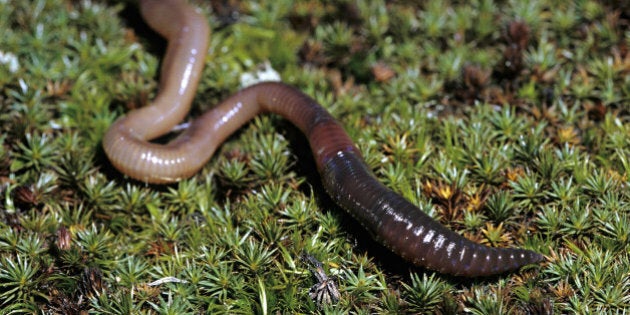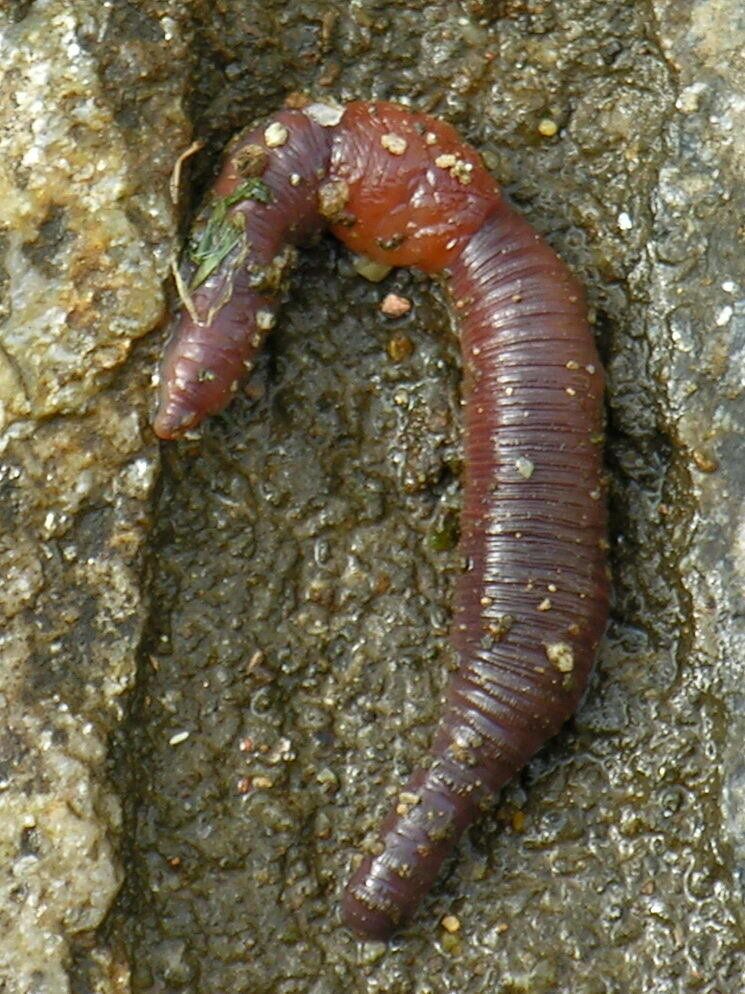
They're not exactly the massive, menacing creatures that drag-raced their way through 'Tremors,' but researchers say earthworms are posing their own kind of threat in Alberta.
It's an earthworm invasion in many Alberta forests, and the slimy animals are posing a serious threat to native forest plants and animals by eating leaf litter from the forest floor, say researchers at the University of Alberta.
"Most people think earthworms are good for soil but that’s not true in all cases. Research shows that small mammals, birds, salamanders, invertebrates, and plants can be harmed by earthworm invasions in forests," says the Alberta Worm Invasion Project's website.
The project aims to recruit citizen scientists to help collect data by digging up, counting, measuring and photographing the earthworms who have made themselves at home in and around Alberta forests, lakes and roadways.
Erin Cameron with the Worm Invasion Project told the Edmonton Journal the data will allow researchers to see where and how worms are spreading, as well as what types of worms are out there.
The problem, she explains, is that these wiggly compost accelerators have voracious appetites that quickly destroy the thick leafy layer that covers the forest floor, disturbing the ecosystem and affecting food and nesting opportunities for other species.

(A before and after shot of an area in Ontario invaded by earthworms)
According to the project's website, most native earthworm species in Canada were wiped out during the last ice age (11,000 years ago) and since then any species brought to the country likely came over with Europeans settlers in soil and plants.
And because the worms aren't native to most of the areas where they're at their most destructive, that means it's humans who play a large role in the seemingly benevolent creature's introduction to new areas.
“What we found was that earthworms were much more common along the roadsides and at boat launches and quite rare in the forest interior — less than 10-per-cent occurrence — so based on that we believe it’s related to human activity,” said Cameron.
However, earthworms themselves can only spread five to 10 meters per year, so their spread relies largely on humans.
The worms can be introduced to forests by anglers dumping their leftover bait on land or in the water, vehicles transporting worms or cocoons in tire treads or earthworms and cocoons being transported through streams.
To help stop the spread of worms, U of A researchers have launched an Worm Tracker app, where people can submit information about worm sightings. They also offer the following tips as highlighted in the slideshow below:
